
Can the emergency exit door open while flying? — Little-known fact

✈️ “Why Emergency Exit Doors Can’t Be Opened During Flight”
When you watch dramatic airplane scenes in movies, you might see a passenger struggling with an emergency exit door, the door suddenly flying open midair, and people getting sucked out into the sky. It looks terrifying — and makes for great cinema — but here’s the comforting truth: opening an aircraft emergency exit door during flight is virtually impossible.
Let’s break down why, how these doors actually work, and the safety systems behind them.
1. Plug Doors: Designed to Stay Shut
Commercial airplanes are marvels of engineering. One of their clever designs is the plug door mechanism used for emergency exits (and often for main passenger doors, too).
A plug door fits into its frame like a cork in a bottle — it opens inward first before swinging outward or sliding. When the aircraft is pressurized, the higher cabin pressure pushes the door tightly into its frame.
At cruising altitude, the pressure difference is so huge (cabin pressure equivalent to about 6,000–8,000 feet above sea level, outside air pressure near zero) that the door is essentially “glued” shut by thousands of pounds of force.
Bottom line? No human is strong enough to pull the door inward against that pressure.
2. So Why Do Movies Show Doors Blowing Open?
Hollywood loves tension and spectacle. Dramatic scenes of explosive decompression — passengers clinging for life — sell tickets. But in real life, these scenarios are extremely rare and usually the result of severe structural damage, not someone simply pulling a handle.
Aircraft manufacturers and airlines must meet strict safety standards. The plug door design has been used for decades precisely because it eliminates the risk of accidental or malicious opening during flight.
3. Trained Crews Keep Watch
Airlines don’t just rely on physics to keep passengers safe. Flight attendants are thoroughly trained to spot suspicious behavior.
If anyone tries to tamper with an exit, they’ll intervene immediately — they have authority to restrain disruptive passengers and work closely with the pilots.
There’s also no way to “accidentally” open an emergency exit door while taxiing, taking off, or at altitude. These doors are secured with multiple latches and locking mechanisms. They’re only armed for use when the aircraft is safely on the ground.
4. When Do Emergency Exits Actually Open?
Emergency exit doors are designed to be used only in emergencies, when:
✅ The aircraft is on the ground.
✅ Cabin pressure has equalized with the outside air.
✅ It’s safe to deploy escape slides or rafts.
Some passengers like to choose exit row seats because of the extra legroom. But did you know that sitting in these rows comes with responsibility? You must be willing and physically able to help operate the door if needed.
5. What Happens If Someone Tries to Open It Anyway?
This does happen occasionally — usually due to confusion, panic, or intoxication.
For example, there have been passengers who, impatient during delays, opened the exit door to “get some fresh air” while waiting on the tarmac! The result?
-
Huge fines (often tens of thousands of dollars).
-
The evacuation slide can deploy automatically, costing airlines even more.
-
Flight delays for hundreds of other passengers.
On the ground, cabin pressure is equal or nearly equal to the outside, so the door can be opened — but only if the lever is pulled fully and the conditions allow it. In flight? No chance.
6. Real Accidents vs. Myths
People sometimes point to rare accidents like the Aloha Airlines Flight 243 incident in 1988. In that case, a large section of the fuselage tore off due to metal fatigue, tragically ejecting a flight attendant.
However, that wasn’t because someone opened an emergency exit — it was structural failure of the cabin roof.
Modern aircraft undergo rigorous maintenance checks to prevent such failures. Design improvements and advanced materials make today’s planes safer than ever.
7. The Science of Cabin Pressure
So, how big is the pressure difference holding the door shut?
At cruising altitude (35,000 feet), the difference can be more than 8 pounds per square inch. Multiply that by the size of the door (about 1,000–1,500 square inches) — you’d have to overcome a force of over 8,000–12,000 pounds to open it.
Even the strongest person on Earth can’t generate that force alone.
8. Why It’s Good to Sit Near the Exit
While you can’t open the door in flight, exit row seats do have perks:
✅ Extra legroom — great for long flights.
✅ Faster evacuation in an emergency.
But you must:
-
Be over a certain age (usually 15+).
-
Be fit enough to help operate the door and assist other passengers.
-
Pay attention during the special safety briefing.
If you can’t do these, you may be asked to change seats.
9. How Airlines Reinforce Safety
-
Pre-flight announcements remind passengers not to touch exits unless instructed.
-
Cabin crew seat positions are near exits so they can block unauthorized access.
-
Cabin crew training includes conflict de-escalation and physical restraint if needed.
-
No-Fly Lists exist for passengers who threaten or tamper with safety equipment.
10. Final Takeaway: No Need to Worry
Next time you fly, you can relax knowing:
✅ The emergency exit door cannot just “pop open” mid-flight.
✅ Cabin pressurization locks it tight like an invisible barrier.
✅ Your safety is protected by smart design, vigilant crew, and strict aviation rules.
So enjoy the window view, stretch your legs in the exit row if you’re lucky — and leave the door to physics and the professionals!
✈️ Did this clear up the myth for you? If you’d like, I can share more insider secrets about what really happens behind the scenes on a plane. Just say the word — and safe travels wherever you go! 🌏✨
News in the same category


Sweet Potatoes Are Not Good for These 3 Groups of People
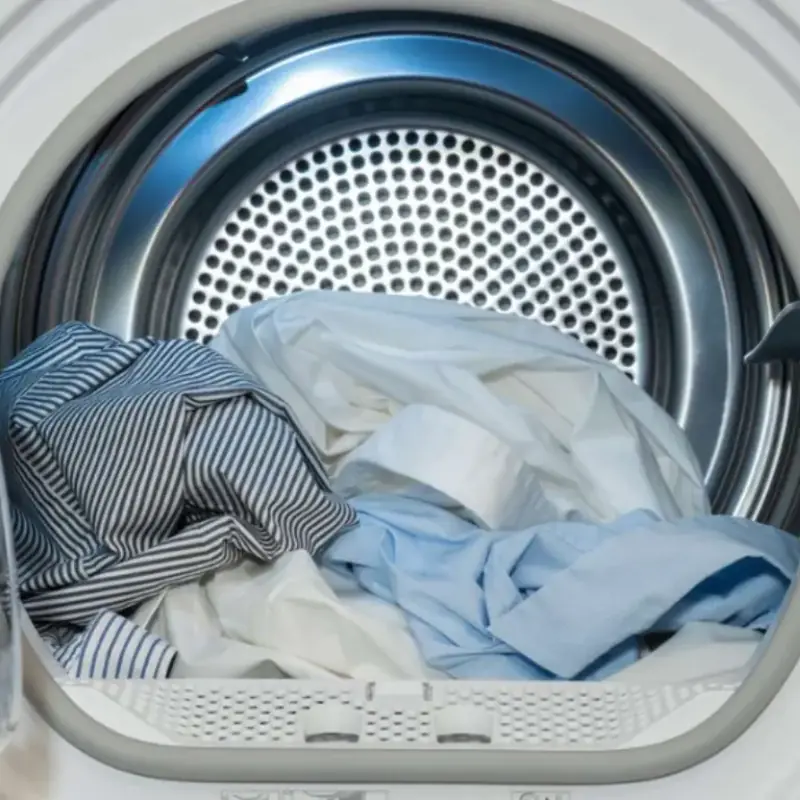
Washing Machines Have a Special Mode That Dries Clothes Faster

Flight attendant explains why cabin crew members always sit on their hands during takeoff

Why do Japanese people put towels on their heads when bathing in hot springs?

5 Areas of the Body Turning Black May Indicate Can.cer

A Woman Hospitalized After Eating Refrigerated Watermelon

The Man with Blo.od ‘As Thick as Pork Fat’ Because of Something Many People Love

American Doctor Reveals the "3 Seeds, 2 Vegetables, 1 Meat" Best

3 benefits of old toothbrushes you must know

At 32, Already Suffering from Kid.ney and He.art Failure

Keep the Bathroom Door Open or Closed When Not in Use?

he Leaves of This Plant Are as Precious as the “Ginseng of the Poor,”

Japan Announces 5 Foods to Eat Daily

Why do elevators have mirrors? The manufacturer gives 3 reasons that surprise many people

These 5 Foods Can Wreck Your Kid.neys Faster Than Alcohol

Doctor explains why you should always shower at night instead of the morning

What Is the Black Round Hole Next to the Camera on an iPhone For?

5 Types of Pesticide-Free Vegetables as Nutritious as Ginseng

4 “ki.ll.ers” that cause cancer right in your home
News Post

Man develops 'pork worms' in his br.ai.n after years doing this specific cooking habit
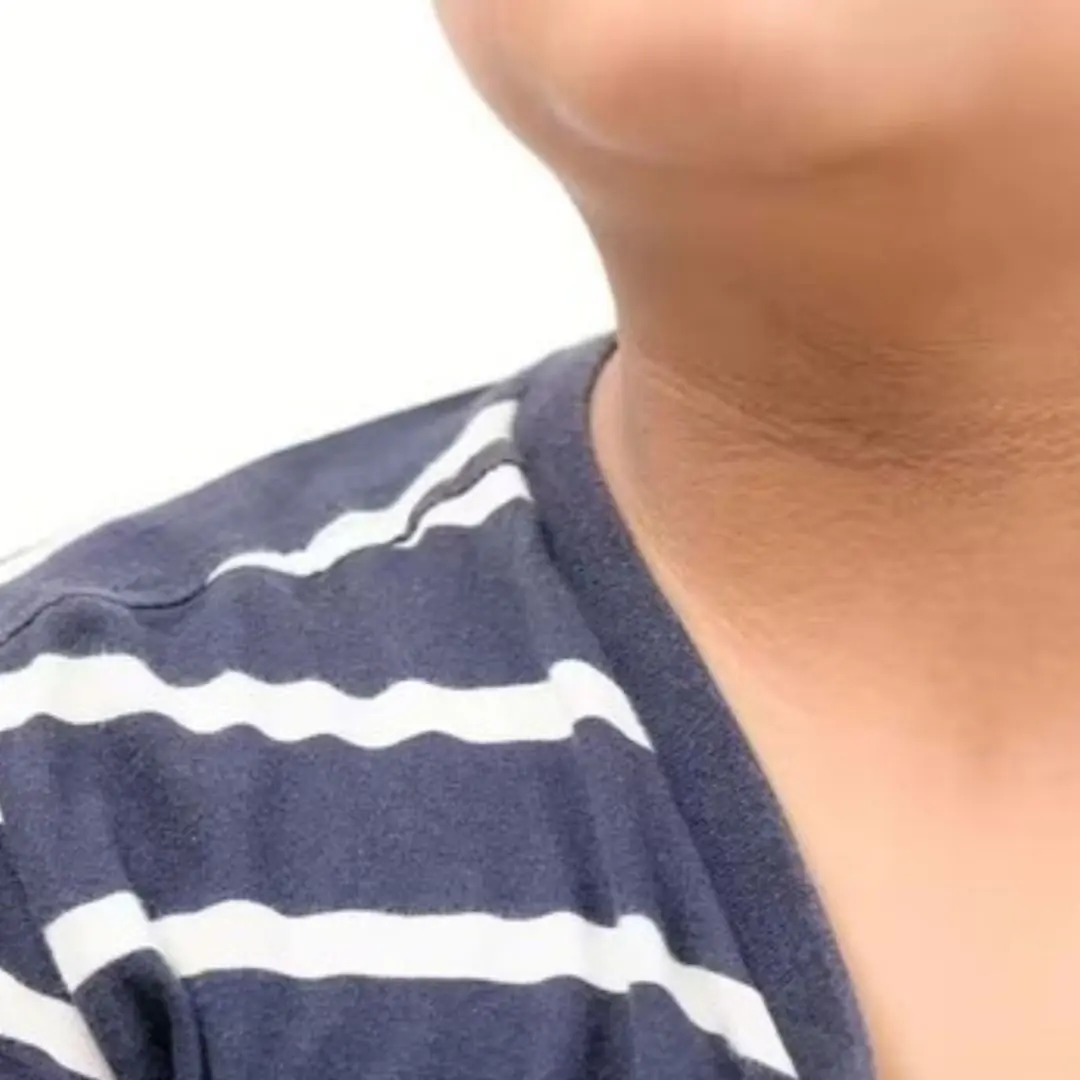
Diabetes can 'show' strange signs in the neck: If you see them, don't ignore them
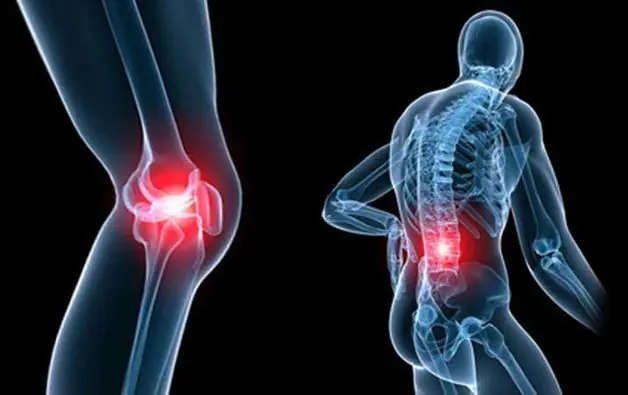
3 Drinks Called the “Calcium Drainers” But Many People Still Love

4 Surprisingly “Clean” Vegetables with Minimal Pesticides

3 Lucky Plants That Bring Prosperity and Wealth

6 Golden Habits to Help Seniors Reduce the Risk of Cerebral Infarction

One Part of Chicken Contains Four Times More Cholesterol Than Pork Fat

Sweet Potatoes Are Not Good for These 3 Groups of People

Just hang a handful of these leaves in front of your door - flies and mosquitoes will disappear

Want the Health Perks of Coffee? Here’s the Best Time to Drink It

Taylor Swift and Travis Kelce announce engagemen

Washing Machines Have a Special Mode That Dries Clothes Faster

Flight attendant explains why cabin crew members always sit on their hands during takeoff
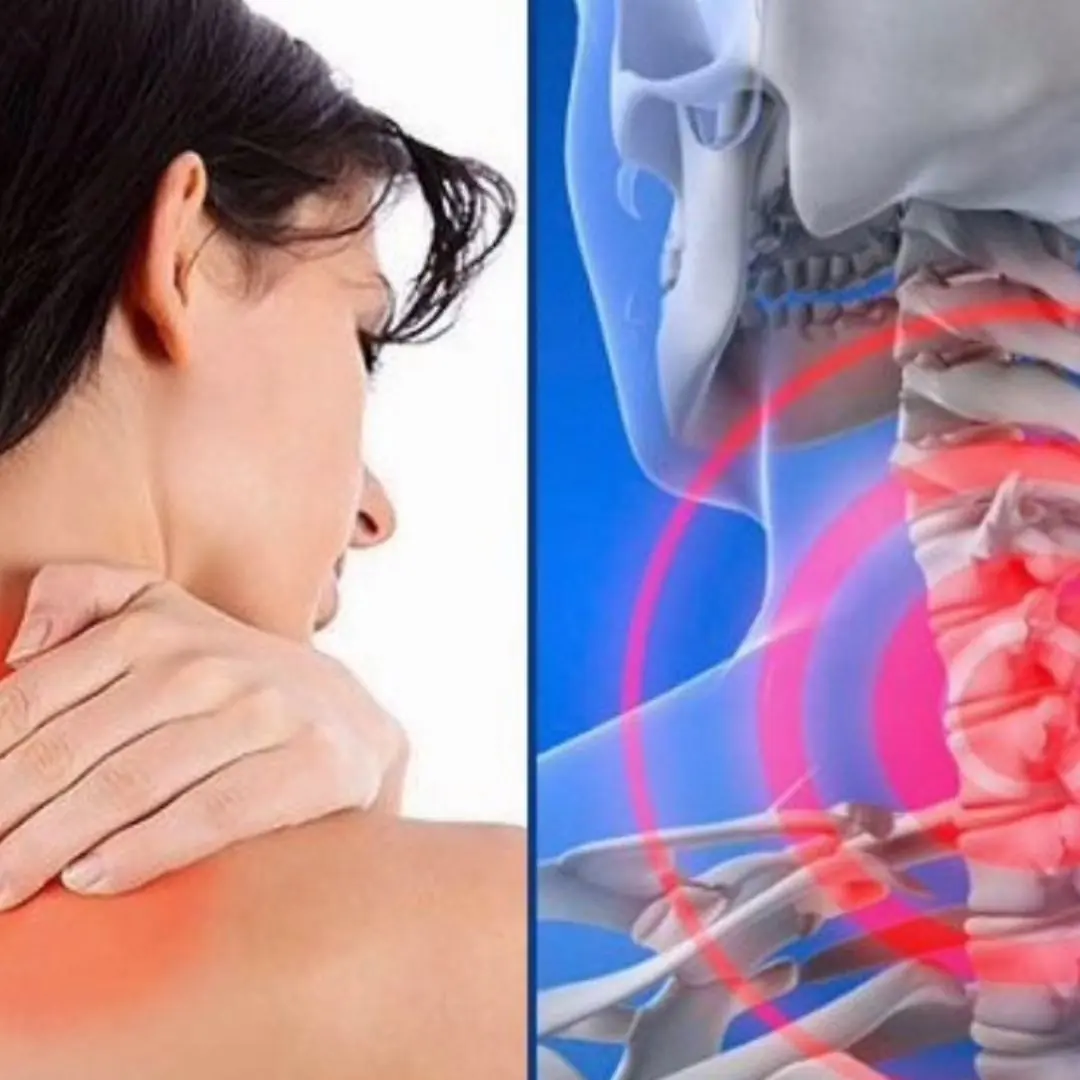
6 things you should absolutely not do when you have neck and shoulder pain because they destroy bones and joints and are terrible for your stomach

8 types of plants that attract snakes into the house

Mixing fabric softener with salt: Great use to solve household problems

Headache for 5 days, woman suddenly fell to the ground, co.nvulsed, had difficulty speaking

Summer or winter, Japanese people wear socks to sleep — here’s why!
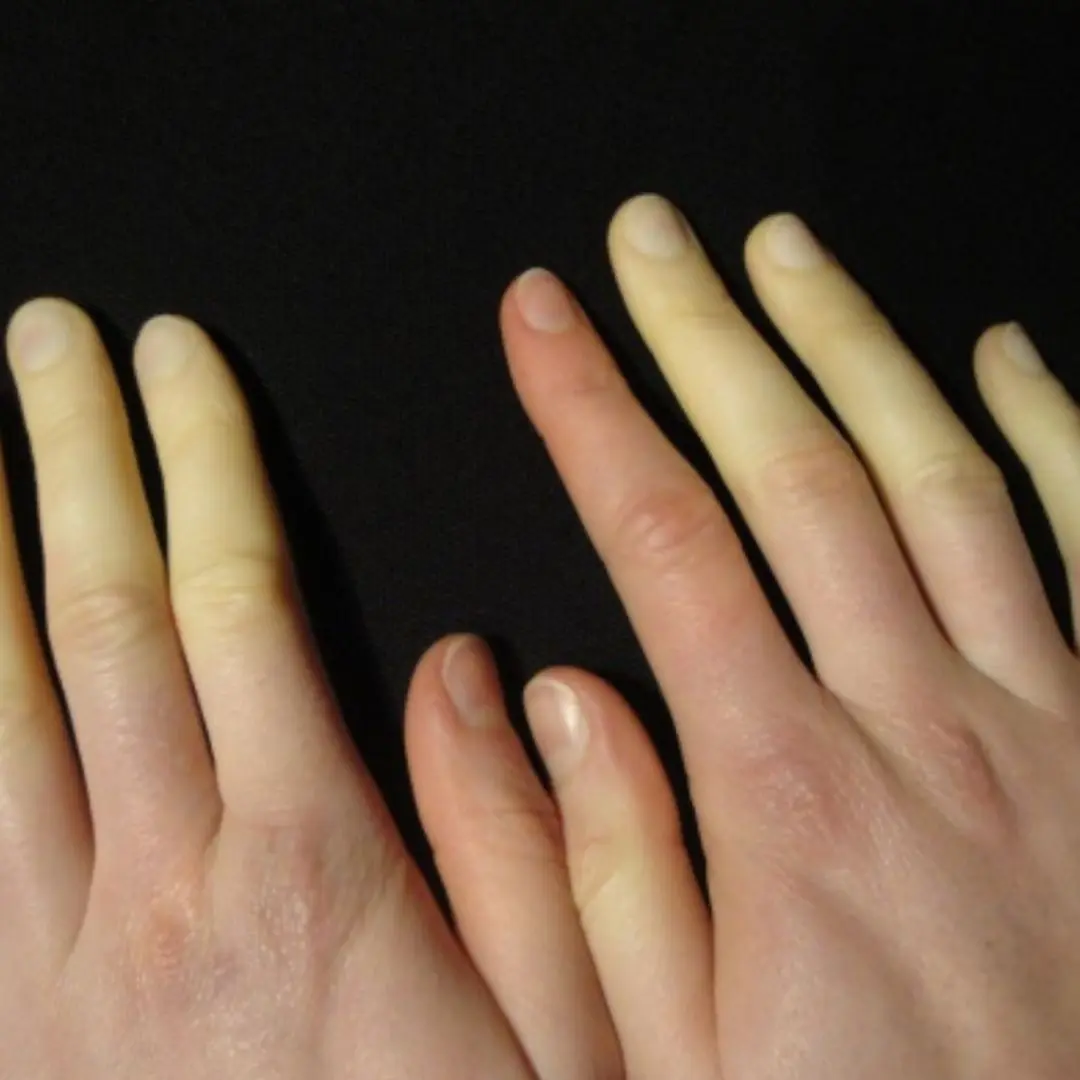
Spot these 10 symptoms? It’s time to see a doctor without delay!
